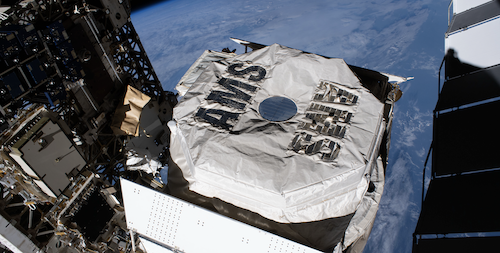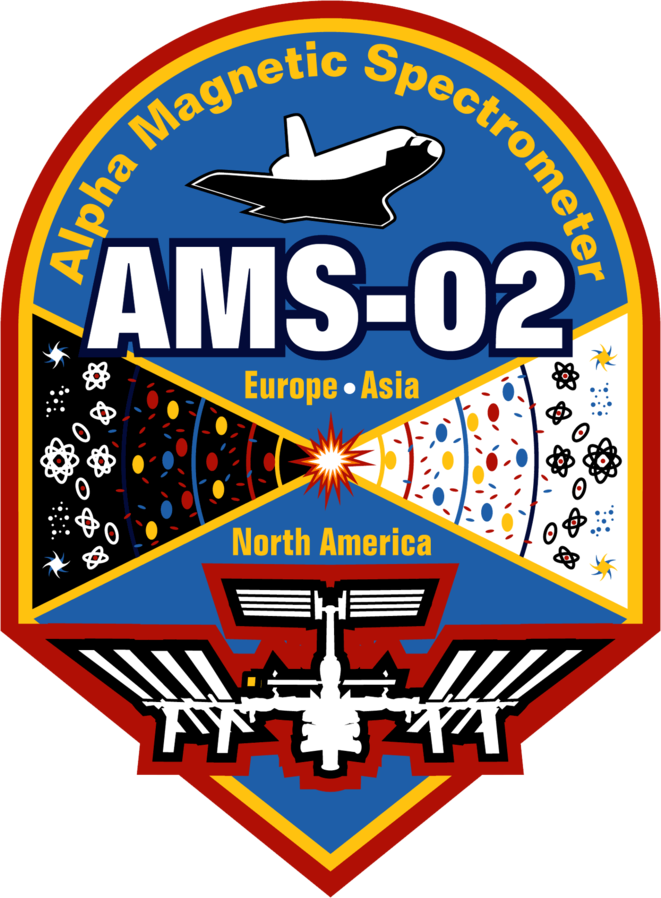Lithium Cosmic Rays Are Not Primordial
A precision measurement of cosmic rays at the International Space Station finds that lithium-7 is produced by the fragmentation of heavier nuclei.

Lithium is rare in our Solar System. But the cosmic rays that hurtle toward our planet from interstellar space commonly include two stable lithium isotopes, 6Li and 7Li, and models propose several possible sources. Teasing apart lithium’s cosmic origins requires improved measurements of the isotopes’ relative fluxes. The team running the Alpha Magnetic Spectrometer (AMS-02) aboard the International Space Station now provides that measurement with greater precision than ever before [1]. The result, based on 2 million nuclei collected over a 12-year period, enables researchers to dismiss one possible source.
Some lithium—the heavier version, 7Li—was forged during the big bang. Some 7Li also originated much later, directly from low-mass stars and supernovae. Both 6Li and 7Li can also be produced when heavier, high-energy particles lose protons in collisions with particles in the interstellar medium. Measuring the isotopes’ relative fluxes is an astrophysicist’s best hope of figuring out which model captures the most realistic version of cosmic-ray propagation.
AMS-02 uses a powerful magnet to bend each particle’s path. A precision tracker maps the particle’s trajectory and calculates its momentum per nuclear charge—a quantity known as rigidity. Another two detectors measure the particle’s speed. From the particle’s momentum and speed, AMS-02 calculates its mass. By accumulating measurements over a long time, correlations among 6Li, 7Li, and other rare species become statistically significant. The experiment shows that the two isotopes behave identically for the rigidity range from 7 to 25 gigavolts.
The findings indicate that both 6Li and 7Li are produced by heavier cosmic-ray nuclei colliding with the interstellar medium. The existence of a sizeable primary component in the flux—that is, lithium from the big bang or stars—can therefore be ruled out.
–Rachel Berkowitz
Rachel Berkowitz is a Corresponding Editor for Physics Magazine based in Vancouver, Canada.
References
- M. Aguilar et al. (AMS Collaboration), “Properties of cosmic lithium isotopes measured by the Alpha Magnetic Spectrometer,” Phys. Rev. Lett. 134, 201001 (2025).
